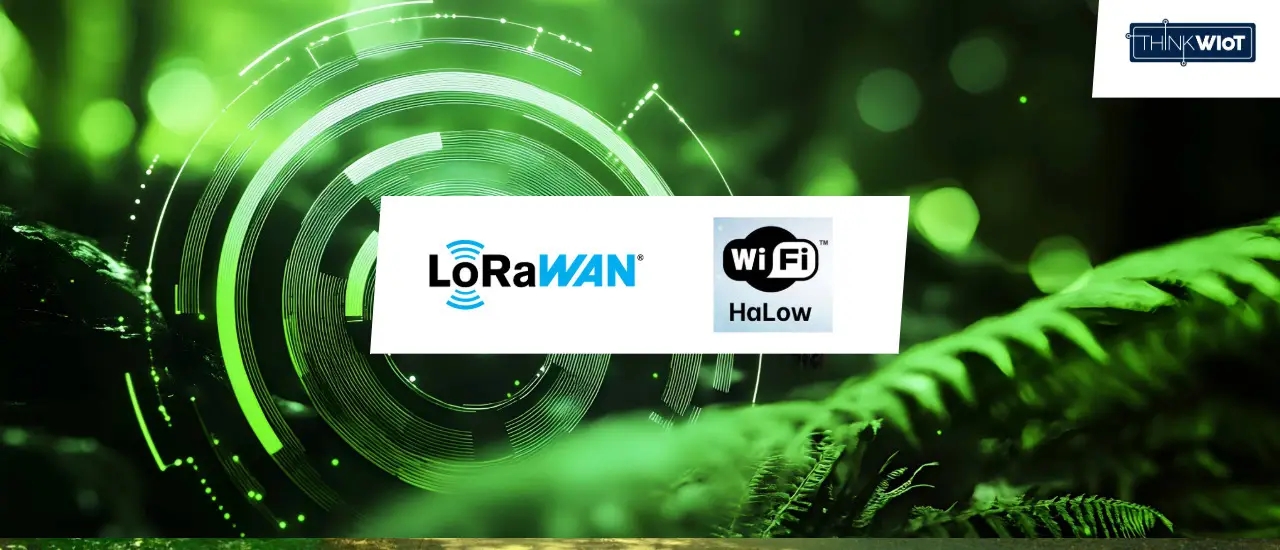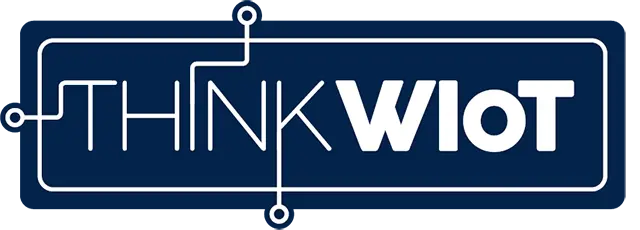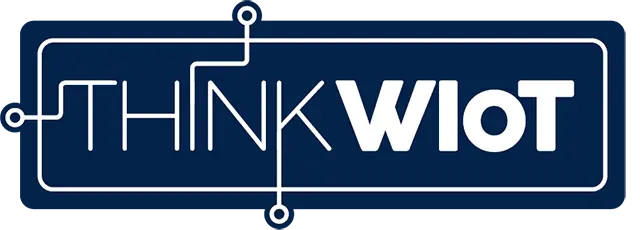Wi-Fi HaLow Emerges as a Powerful Alternative to LoRaWAN

Europe Rethinks Wireless IoT
As the number of connected devices across Europe skyrockets, Think WIoT—Europe’s leading platform for Wireless IoT—spotlights a pivotal shift in the IoT landscape: Wi-Fi HaLow is quickly outpacing LoRaWAN as the wireless standard of choice for long-range, low-power, and high-capacity IoT deployments.
By 2030, the number of IoT devices worldwide is expected to exceed 29 billion, with some estimates placing the figure closer to 129 billion. Regardless of the exact number, one thing is certain: IoT is growing fast—and so are the expectations for wireless networks that can deliver more range, more security, and more data, all with less power.
Both Wi-Fi HaLow and LoRaWAN use the unlicensed sub-1-GHz band, ranging from 850 to 950 MHz.
LoRaWAN: Proven in Practice, But Not Without Constraints
Introduced in 2015, LoRaWAN has been a foundational technology in the rise of low-power, wide-area networks (LPWAN). It has played a critical role in enabling early IoT use cases—from environmental monitoring to asset tracking—thanks to its efficient battery usage and long-range capabilities using sub-GHz unlicensed bands.
However, as IoT applications become more diverse and data-intensive, some of LoRaWAN’s original design choices now present limitations:
Low data rates (typically 0.3 to 50 kbps) make large-scale data transmission or over-the-air (OTA) firmware updates difficult
Performance can vary in dense urban environments or where signal interference is high
Scalability per gateway is often constrained, especially in networks requiring frequent communication
Security depends heavily on correct implementation of key management, and auditing practices differ across deployments
That said, LoRaWAN continues to serve many low-throughput, low-frequency applications well—particularly in rural or remote regions, where coverage and battery life are more important than bandwidth.
Yet for modern IoT networks in smart cities, logistics, industrial environments, and connected buildings, where data volume, real-time communication, and robust security are increasingly essential, complementary technologies like Wi-Fi HaLow are becoming more attractive.
Wi-Fi HaLow: A Wireless Standard Engineered for Modern IoT
Developed under the IEEE 802.11ah standard and championed by the Wi-Fi Alliance, Wi-Fi HaLow was purpose-built for IoT. It combines Wi-Fi-grade security, kilometer-scale range, IP-native communication, and excellent power efficiency, making it uniquely suited to Europe’s growing smart infrastructure.
Wi-Fi HaLow offers flexible data rates ideal for diverse IoT needs. A single spatial stream operating on a 1 MHz channel supports data rates from 150 kbps (MCS10, BPSK) up to 4.4 Mbps (MCS9, 256-QAM). On an 8 MHz channel, throughput can scale up to 43 Mbps—sufficient for video, OTA updates, and dense sensor networks.
This far exceeds LoRaWAN’s typical 0.3–50 kbps range, which is best suited for low-frequency, small-payload transmissions.
For smart cities, industrial automation, connected agriculture, and logistics, HaLow is the long-range IoT standard Europe has been waiting for.
- Anja Van Bocxlaer, Managing Director
Adoption Across Europe: Already Underway
Wi-Fi HaLow is not a theory—it’s real, field-tested, and already scaling:
Morse Micro’s MM8102: A Europe-optimized SoC with 8.7 Mbps throughput and regulatory compliance
16 km Range Test: Real-world testing in Joshua Tree National Park shows 2 Mbps video throughput at 10 miles using off-the-shelf hardware
CE & FCC Certified Modules: Quectel + Morse Micro bring HaLow to European device makers
Smart City Trials: From Switzerland (ZHAW) to Spain and the Netherlands, HaLow is in field evaluation stages
Security That Matches IoT Reality
Unlike LoRaWAN, Wi-Fi HaLow inherits the full security stack of mainstream Wi-Fi:
WPA3 authentication with Simultaneous Authentication of Equals (SAE)
AES encryption over IP
Support for secure OTA firmware upgrades
Third-party audited protocols under the Wi-Fi Alliance
This security level is critical for compliance with the EU Cybersecurity Act and upcoming digital trust frameworks under the EU Data Act.
Designed for Europe's Future: Green, Scalable, Resilient
Wi-Fi HaLow delivers higher energy efficiency per bit than LoRaWAN, making it more sustainable at scale. It supports smart buildings, agritech, logistics, and remote asset monitoring—without the need for external gateways or proprietary stacks.
Visit WIoT tomorrow 2025
Discover the latest innovations in Wi-Fi HaLow, LoRaWAN, and other wireless IoT technologies on October 22–23, 2025, in Wiesbaden, Germany. WIoT tomorrow is Europe’s leading event for Wireless IoT—featuring an expo, conference, and live technology showcases.
- Anja Van Bocxlaer, Managing Director

